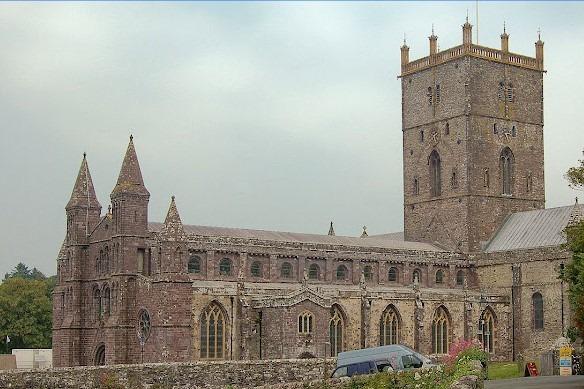City status in the United Kingdom can be associated with having a cathedral or a university, a particular form of local government, or having a large population.
Although any of these might be used to justify the popular use of the term ‘city’, in formal terms UK city status is granted by the monarch, on the advice of ministers.
There are 76 cities in the UK – 55 in England, eight in Scotland, seven in Wales and six in Northern Ireland – includes the six new cities created in the UK during the Queen’s Jubilee in May 2022.
It is well established that London is the biggest city in the UK – containing more then ten million residents.
Brighton ranks within the top twenty on the list. The seaside location was granted city status in 2021; and sees itself ranked above Swansea, Southampton and Stoke-on-Trent with a population of more than 270,000.
HAVE YOU READ THIS?
But what are the smallest cities in the UK? And where does Sussex’s oldest city Chichester rank with it’s population of less then 30,000?
According to the stats gathered by UK Population Data, here are the top 10 cities by population in the United Kingdom.

1. Brighton
The seaside location was granted city status in 2021; and sees itself ranked above Swansea, Southampton and Stoke-on-Trent with a population of more than 270,000. Photo: Google Maps

2. St Davids - 1,841
St Davids is a city with a cathedral in Pembrokeshire, Wales, lying on the River Alun. It is the resting place of Saint David, Wales's patron saint, and named after him. Photo: Google Maps

3. St Asaph - 3,355
With a population of 3,355, St Asaph is found in the historic county of Flintshire, North Wales and is nearby to the famous Denbigh and Rhuddlan castles. Photo: Google Maps

4. Wells - 10,536
With a population of 10,536, Wells has held city status since medieval times. The community became a trading centre based on cloth making and Wells is notable for its 17th-century involvement in both the English Civil War and the Monmouth Rebellion. It's historic architecture has led to the city being used as a shooting location for numerous films and television programmes. Photo: Google Maps